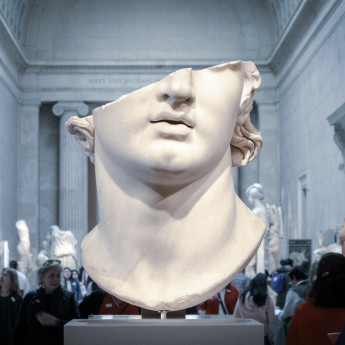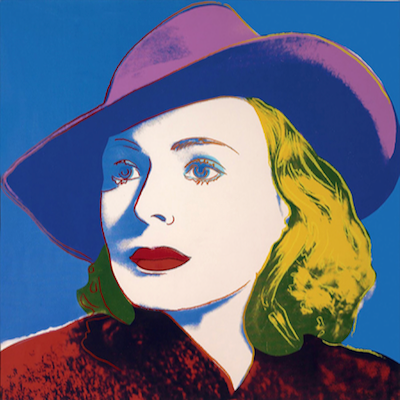
Details
Artist
Styles
Lithograph on paper // Joe Tilson’s Mnemonic Device (1975) is a striking lithograph that fuses conceptual art with visual poetry. The composition, a circular diagram, integrates symbols, words, and images to explore themes of time, nature, and the classical elements: fire, earth, air, and water. Surrounding the diagram are notations referencing seasons, ancient alphabets, and mythological associations, creating a dynamic interplay between textual and visual elements. Tilson draws inspiration from ancient cosmology and cultural archetypes, presenting a multi-layered work that invites reflection on the interconnectedness of natural cycles and human understanding. The limited-edition print measures 104 x 74.5 cm and showcases Tilson’s mastery of graphic design and his affinity for blending modernist aesthetics with esoteric knowledge.
Mnemonic Device, 1975
form
Medium
Size
104 x 74.5 cm
- Inches
- Centimeters
Edition
Price
- USD
- EUR
- GBP
Details
Artist
Styles
Lithograph on paper // Joe Tilson’s Mnemonic Device (1975) is a striking lithograph that fuses conceptual art with visual poetry. The composition, a circular diagram, integrates symbols, words, and images to explore themes of time, nature, and the classical elements: fire, earth, air, and water. Surrounding the diagram are notations referencing seasons, ancient alphabets, and mythological associations, creating a dynamic interplay between textual and visual elements. Tilson draws inspiration from ancient cosmology and cultural archetypes, presenting a multi-layered work that invites reflection on the interconnectedness of natural cycles and human understanding. The limited-edition print measures 104 x 74.5 cm and showcases Tilson’s mastery of graphic design and his affinity for blending modernist aesthetics with esoteric knowledge.
- Recently Added
- Price (low-high )
- Price (high-low )
- Year (low-high )
- Year (high-low )
What is pop-art?
Pop Art is an art movement that began in Britain in 1955 and in the late 1950s in the U.S. It challenged traditional fine arts by incorporating imagery from popular culture, such as news, advertising, and comic books. Pop Art often isolates and recontextualizes materials, combining them with unrelated elements. The movement is more about the attitudes and ideas that inspired it than the specific art itself. Pop Art is seen as a reaction against the dominant ideas of Abstract Expressionism, bringing everyday consumer culture into the realm of fine art.























